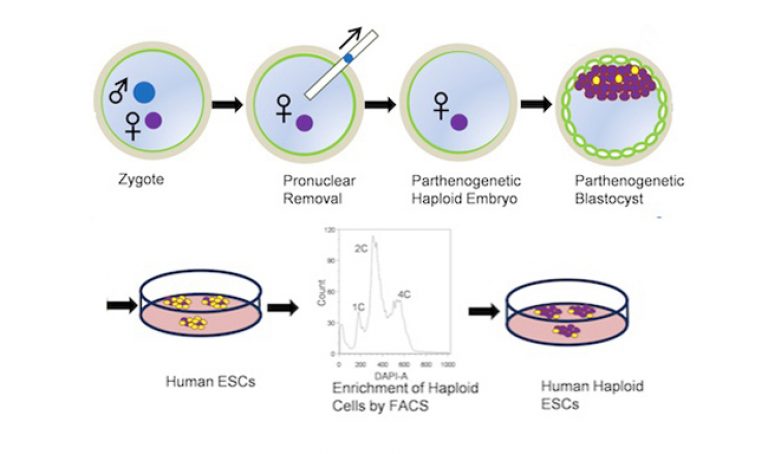
AsianScientist (Oct. 23, 2015) – A research team led by Dr. Jiang Hao from Shanghai Institute for Biological Sciences has uncovered the two step regulation of chromosome alignment. Their work was published in the Journal of Cell Biology.
Spindle checkpoint is an important quality control check during cell division to ensure that sister chromatids align properly before separation in anaphase. It is generally believed that during mitosis, the spindle checkpoint is inactivated when all chromosomes have established bipolar microtubule-kinetochore attachment. Misregulation of this process may result in more or less chromosomes in the daughter cells, leading to cell death or in more serious cases, Down’s Syndrome.
Cells linger for more than ten minutes in metaphase, suggesting existence of additional monitoring system(s) during spindle checkpoint. RanGTP is suspected to detect full chromosome alignment independently of the canonical mechanism that monitors the status of microtubule-kinetochore attachment. The underlying molecular mechanism of this second monitoring system, however, is unclear.
Previous collaborative studies by the two labs of Dr. Zhu Xueliang and Dr. Zheng Yixian identified BuGZ as a spindle matrix protein important for efficient and accurate mitosis by both stabilizing the spindle checkpoint protein Bub3 through direct interaction and promoting the end-on microtubule-kinetochore attachment.
Here, Jiang and his colleagues further found that importin-β and an E3 ubiquitin ligase, Ubr5, compete for binding to BuGZ, whereas RanGTP sequesters importin-β and promotes the degradation of both BuGZ and Bub3 in an Ubr5-dependent manner.
As the highest RanGTP concentration is known to emerge around metaphase chromosomes, their results suggest that the RanGTP-Ubr5-BuGZ-Bub3 axis serves as a double insurance to guarantee spindle checkpoint silencing only after full chromosome alignment.
The article can be found at: Jiang et al. (2015) RanGTP Aids Anaphase Entry through Ubr5-Mediated Protein Turnover.
———
Source: Chinese Academy of Sciences.
Disclaimer: This article does not necessarily reflect the views of AsianScientist or its staff.












